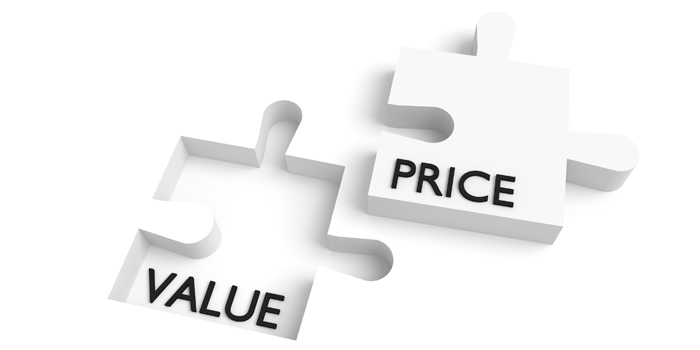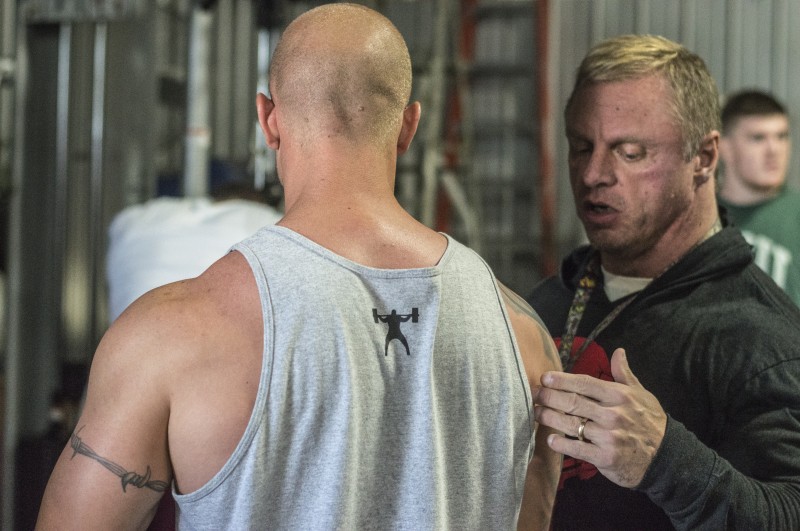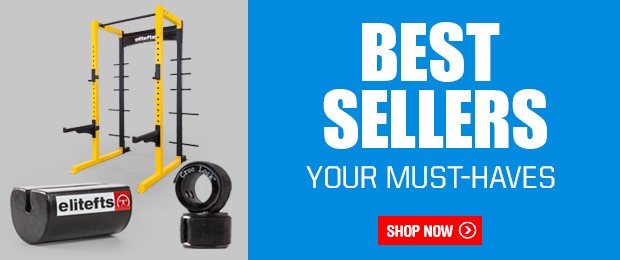
When I ask gym owners, "How did you set your rates?" the most common response I get back is "We chose based on what everybody around us was choosing."
The problem is if you go back a generation and you say to those people, "How did you choose your rates?" They'll say, "Well, we did what everybody else did before that, before that, before that."
Setting rates shouldn't be a mystical process, but a mathematical one. In this article, we'll work backward from what you need to make per year, accounting for different revenue streams.
Before we start, I'm going to warn you: a lot of readers will email me, panicked, and say "There is no way I can ever get to a perfect day, there's no way I can leave in this gym, what am I going to do? I can't start from scratch." If that happens, don't worry: there are links to help you raise your rates on the TwoBrainBusiness.com site.
RELATED: An Introduction to Affinity Marketing — F Your Funnel
The first thing I want you to do is to take 45 seconds for introspection.
How much income net do you take home? For example, if you want to have a house, you need to make a mortgage payment. If you want to have one car and you don't want your wife to work anymore, how much money do you have to take home to make that happen? That's the big number we're going to start with. That's your goal number; your reward for running a good business. Business is not its own reward.
Our goal at Two-Brain is to work toward a 33% profit margin. That's not arbitrary; in the service industry, that's a great target. In the fitness industry, 33% is actually a bit low, but most gyms in the fitness industry aren't run on an owner-operated model; they're the big GloboGyms. The CrossFit gyms and powerlifting gyms and chiropractors that I work with rarely are rarely operating at a 33% profit margin when we start.
The next thing we'll do is to extrapolate your profit goal to a gross revenue goal. If I have a 33% percent profit margin, and my goal is $100,000 in net income, that means a $300,000 gross goal for the year for the gym. That sounds like a huge number if you're new to business, but $300,000 divided by 12 months is $25,000.
But now here's the trick: we're going to achieve that goal with 150 clients.
We chose 150 clients based on Dunbar's number, which is a sociological measure of how many relationships that you can personally maintain.
To make $100,000 profit from 150 clients, we'll need diverse revenue streams.
You can assume that 20% of your current clients want more than your "average" service. They want personal attention or help with their diet or extra work on their bench press.
These 20% of our clients will end up paying about 1.5x as much as everybody else, so they'll account for 30% of our gross (20% times 1.5). If our goal is $25,000 per month in gross, these clients will cover $7500.
That leaves 80% of clients to pay 70% of the monthly gross. 70% of that $25,000 gross is $17,500.
It also leaves a hundred and twenty clients paying $17,500 together, or about $145 each.
That's your mean average rate. If you give options — an "unlimited access" to group classes, or a reduced number of classes — the average rate a client pays must still equal $145/mo or more to create your goal of $100,000 per year.
How do you serve the 20% who want more?
What do you do now if your prices are too low?
First, work on your profit margin.
If your perfect day income is a hundred thousand and your profit margin is 33% then you need $300,000 gross. But if your profit margin is 25%, then you need $400,000 gross.
We teach this model in far greater depth, but in general:
- 22% of your revenue should cover your fixed costs
- 44% of your revenue should cover your coaches' wages
- 33% of your revenue should be profit (or your pay)
If these ratios are off anywhere, profit suffers. You'll need higher rates or more clients...and that's exactly where most gyms get stuck: on the hamster wheel of recruiting more clients because their rates are way too low.
What if your rates ARE too low? Here's our sample Rate-Increase-Template.
One last note: you have a transactional relationship with your clients. Your business exists to create a livelihood for you — not to buy you some friends.










